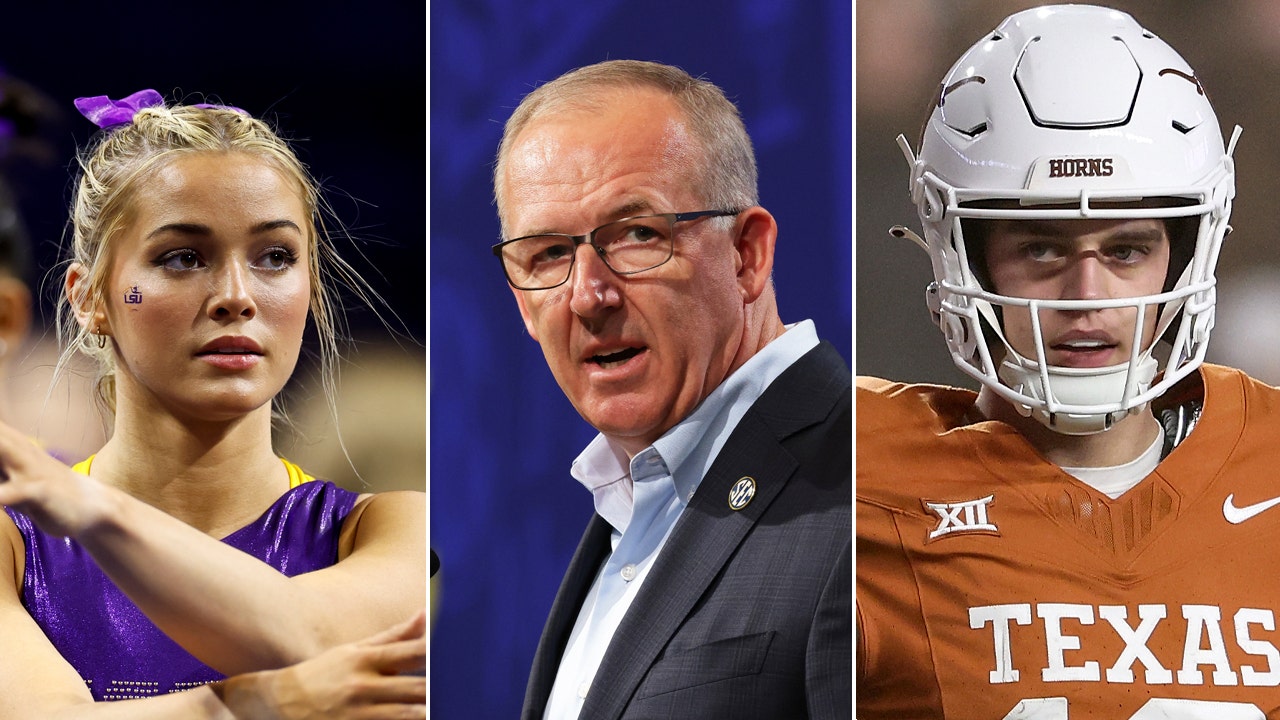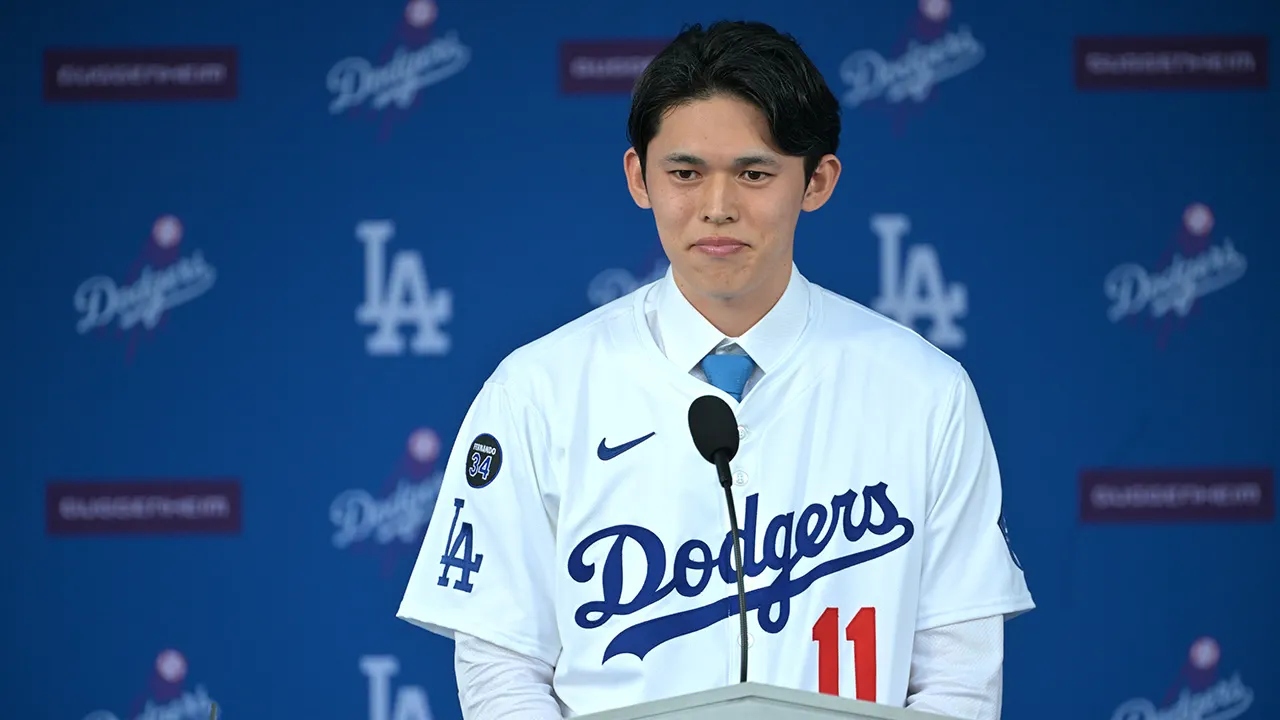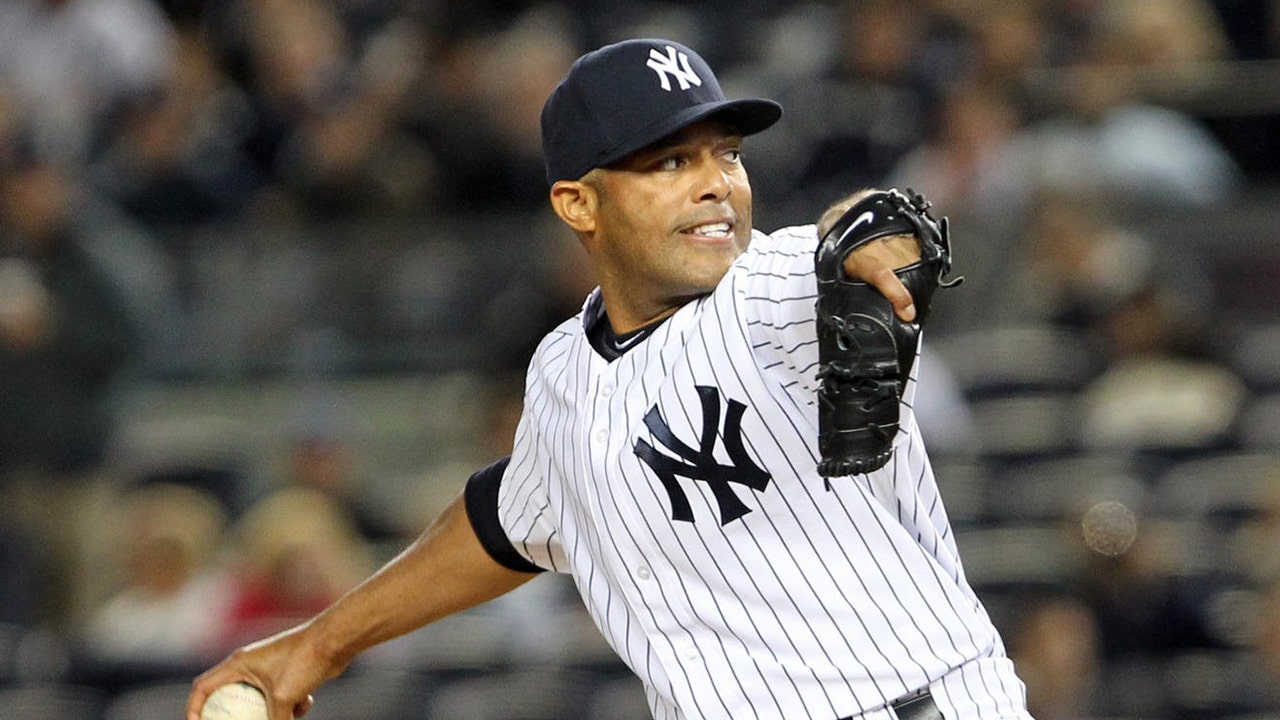College athletics as we know it could be on the brink of change, thanks in large part to an upcoming antitrust lawsuit that is set to go to trial in January 2025.
The most talked about subject in college athletics at the moment centers around revenue sharing for student athletes, along with former players involved in the House vs. NCAA lawsuit. As we currently stand, the lawsuit filed against the NCAA by current and former players could lead to a judgment of nearly $4 billion to the plaintiffs.
Most experts agree the NCAA will end up having to pay these athletes, with a judgment that could rule in the plaintiffs favor and change the landscape of college athletics when it comes to revenue sharing. According to a report from Pete Thamel and Dan Murphy, the lawsuits have been at the forefront of conversations by conference commissioners and NCAA leaders, which led to ‘deep discussions’ regarding the matter last week in Dallas, where CFP leaders held their Spring summit.
CLICK HERE FOR MORE SPORTS COVERAGE ON FOXNEWS.COM
SEC Commissioner Greg Sankey speaks during Day One of 2023 SEC Media Days at Grand Hyatt Nashville on July 17, 2023 in Nashville, Tennessee. (Johnnie Izquierdo/Getty Images)
Besides having to classify athletes as employees of a particular university, the NCAA is trying its hardest to stay away from this classification. One of the more difficult conversations being had besides revenue sharing with current student athletes centers around the NCAA being forced to backpay athletes, which could lead to around $1 billion in settlement figures.
The ongoing settlement discussions would keep all sides out of a court room. One of the bigger components of this upcoming trial is to reach a settlement that is worth the fight. The talk of creating a revenue sharing model with athletes has led to a sense of urgency to come up with a plan that will be smart enough to last.
The antitrust lawsuit at the center of this significant shift in the current landscape in college sports is seeking retro-pay for damages that have occurred due to former athletes not being able to cash-in on their name, image and likeness.
It is important to note that the ongoing lawsuits and revenue sharing are two different entities, though the NCAA and conference leaders are trying to agree on a plan that could take care of both issues, almost at the same time.
In reality, the House vs. NCAA lawsuit might be the biggest moment in the history of college athletics, especially if you consider the ramifications of not coming up with a settlement that would make the lawsuit go away. As part of the ongoing discussions about where the NCAA will go, it should be noted that revenue sharing with student-athletes might be the most logical route.
One thing to remember in the midst of all of this commotion is that athletic departments across the country are currently discussing ways to make life sustainable when revenue sharing is introduced. Even with the amount of money schools in the SEC and Big Ten are making from television contracts, there will still be the need to manage budgets across the country.
Over the course of the last few months, a number of conference commissioners, spearheaded by the SEC and Big Ten, have quietly agreed that creating a new model for revenue sharing is the right move, though it will cost conferences and the NCAA a good chunk of money.

Miami Hurricanes women’s basketball players Haley Cavinder (14) and Hanna Cavinder (15) have more than $1 million in endorsements and have been at the forefront of the college sports NIL movement. (Al Diaz/Miami Herald/Tribune News Service via Getty Images)
According to figures that have been reported over the past month, that figure could end up being anywhere between $13-20 million annually for each school in revenue sharing. This would also lead to an NFL like salary cap for colleges. Though this will likely be the case for most Power-4 schools, it will be interesting to see how this works for Group of Five institutions, who do not carry the same weight financially as others.
But, just like any deal, there are many obstacles and negotiations still have a long ways to go.
Power-4 Conferences Lead The Way In Terms Of Potential Revenue Share

LSU Tigers gymnast Olivia Dunne walks on to the floor before the NCAA Women’s National Gymnastics Tournament Championship at Dickies Arena. (Jerome Miron-USA TODAY Sports)
The most obvious part of this whole conversation and negotiations regarding potential revenue-sharing in college sports is centered around the Power-4 conferences. For schools in the Big Ten, SEC, Big 12 and ACC, the idea of having to split its revenue with athletes will come a bit easier than the commissioners running the AAC or Sun-Belt conference.
If you break it down to a simple form, all of this can be tied to the massive amounts of revenue gained from non-television routes. For most of these schools in Power-4, they have ticket sales, merchandise, booster donations and conference payouts. Yes, a majority of the revenue distributed every year comes from massive contracts with the likes of ESPN, FOX, CBS and NBC, but the schools that have the backing of their powerful conference have much more wiggle-room when it comes to expenses.
Could the addition of revenue sharing force some schools to halt certain construction or projects on the docket? Sure, but this might only be for a short term period, as schools figure out a path to make sure their student-athletes get a cut of the potential revenue sharing model.
Also, we cannot forget the non-revenue sports in these discussions. For sports like softball, baseball and even basketball, a majority of schools do not turn a profit, and that’s not even factoring in the Olympic sports. So, what does revenue sharing look like under Title IX, or for a majority of the sports that are losing money on a yearly basis? This will certainly be a major talking point over the next year, as the NCAA cannot afford any more lawsuits to be filed against them.
We Are Certainly At A Crossroads For The Future Of College Athletics

Arch Manning #16 of the Texas Longhorns warms up prior to playing against the Washington Huskies during the CFP Semifinal Allstate Sugar Bowl at Caesars Superdome on January 01, 2024 in New Orleans, Louisiana. (Chris Graythen/Getty Images)
If you were looking for the turning point in the world of college athletics, we are at the fork in the road. As the pending litigation nears, conference commissioners are working on a deadline, and this is moving at a high-rate of speed.
We are approaching spring meetings for every conference around the country, with the SEC set to meet in Destin during Memorial Day week. The ACC and Big Ten will also hold their annual meetings around this time as well, and the conversations will certainly ramp-up during this period. School administrators want to know what type of funding they will need to be looking towards, and a lot of questions will need to be answered by commissioners.
Jim Cavale, who is the founder of Athletes.org and now represents the UAB football team as their player’s association representative, had this to say about the upcoming change in collegiate sports.
“The NCAA and its power conferences cannot create a sustainable model without their respective college athletes speaking into and co-creating that solution,” Cavale mentioned. “This is why we’re organizing college athletes into their own players association through to empower them to play an active role in negotiating any new deal. We’re encouraged that more and more college athletics leaders acknowledge that revenue sharing is part of the future of college athletics. The NCAA potentially settling pending lawsuits is a positive signal but this will not complete the creation of a sustainable, new solution that current college athletes will have negotiated or agreed to.”
CLICK HERE TO GET THE FOX NEWS APP
Obviously, this affects all sports, so you can expect athletic directors to have plenty of questions, and will be looking for answers. This time last year, we were discussing the effects of NIL and how it was being handled on different campuses around the country, along with transfer rules and how student-athletes could negotiate future earnings.
Now, we’re headed towards two months of meetings that could shape the future of college athletics. Times have certainly changed, and it’s happening at a rapid pace.





